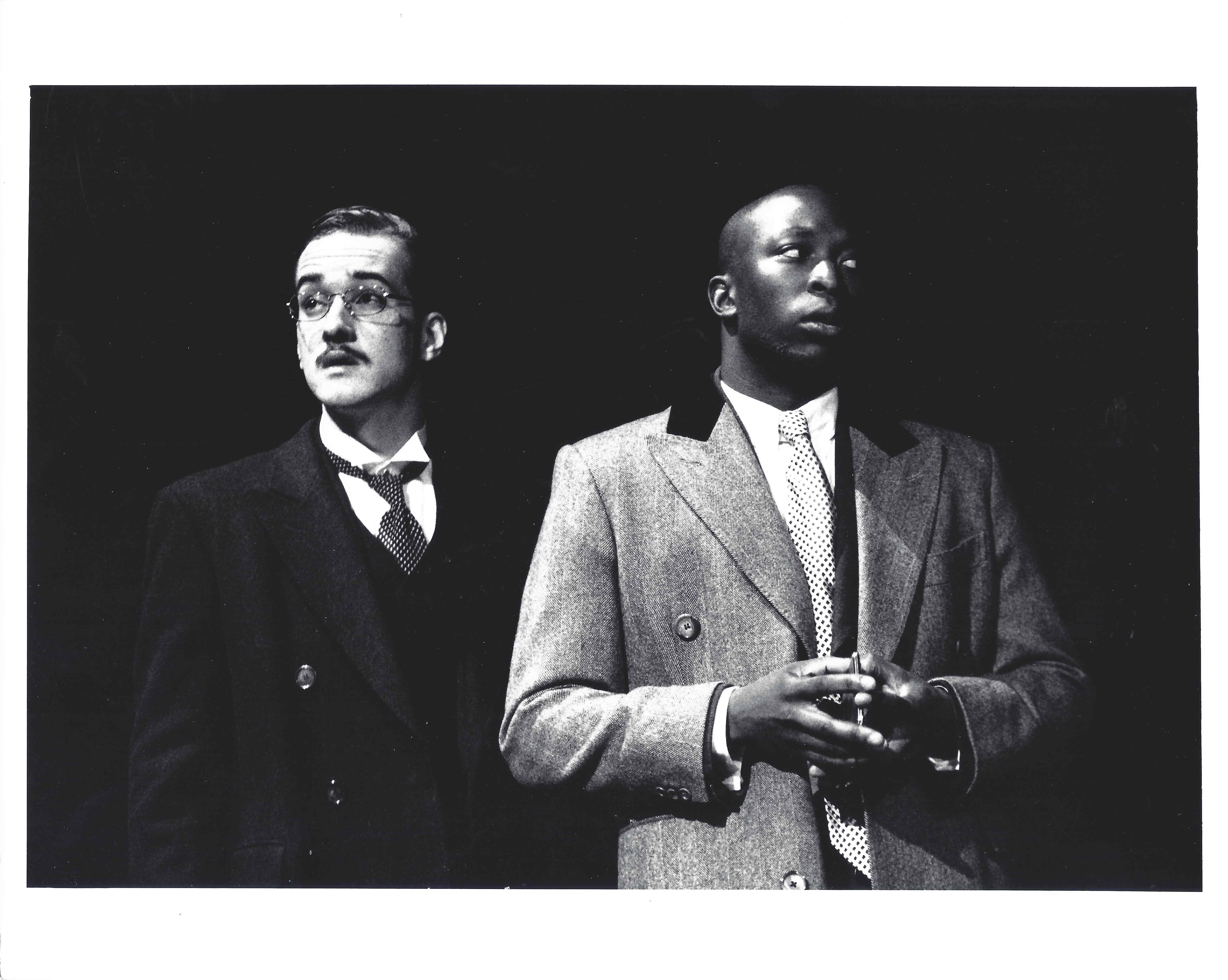

1422.Įmmanuel Levinas, ‘Useless Suffering’, trans. John Foxe, Acts and Monuments, 4th edn (London: John Day, 1583) p. Bush (London: Oxford University Press, 1966). Keith Sturgess, Jacobean Private Theatre (London: Routledge, 1986) p. Lisa Jardine, Still Harping on Daughters: Women and Drama in the Age of Shakespeare (Brighton: Harvester, 1983) p. Northrop Frye, Anatomy of Criticism: Four Essays (Princeton, NJ: Princeton University Press, 1957) p. Raymond Rosenthal (London: Abacus, 1989) Primo Levi, The Drowned and the Saved, trans. McAlindon, Shakespeare’s Tragic Cosmos (Cambridge: Cambridge University Press, 1991)

For a detailed argument relating this characterisation to an overall symbolic design, see T. In Shakespeare’s play, Caesar corresponds to the phlegmatic type, Brutus to the melancholic, Cassius to the choleric, and Antony to the sanguine. The character of the Duchess brings the play much closer to commonly perceived norms of tragedy, whether Shakespearean or Aristotelian. The explosive cynicism and violence of The White Devil is still present but is now counterpointed with scenes of romantic and domestic intimacy, whose impact is deepened by their elegiac tone.

Yet any analysis should begin by acknowledging the much greater emotional range of The Duchess of Malfi, a difference largely brought about by the introduction of a protagonist with whom the audience can more easily sympathise. The similarities between the two plays are such that many critical generalisations about Webster fail to make any real distinction between his two masterpieces. Once more there is the close scrutiny of how men and women meet their deaths, as if only in their final extremity can their value be truly known. Once more we find ourselves in a sixteenth-century Italian court where the ruthlessness of great men and the corrupt authority of the Catholic church - a linkage vividly dramatised by the Cardinal’s exchange of his ecclesiastical robes for armour - combine to crush any possibilities of healthy or honest existence.

Webster’s second tragedy repeats and reworks many of the situations, themes, characters, images and even individual lines from The White Devil.


 0 kommentar(er)
0 kommentar(er)
